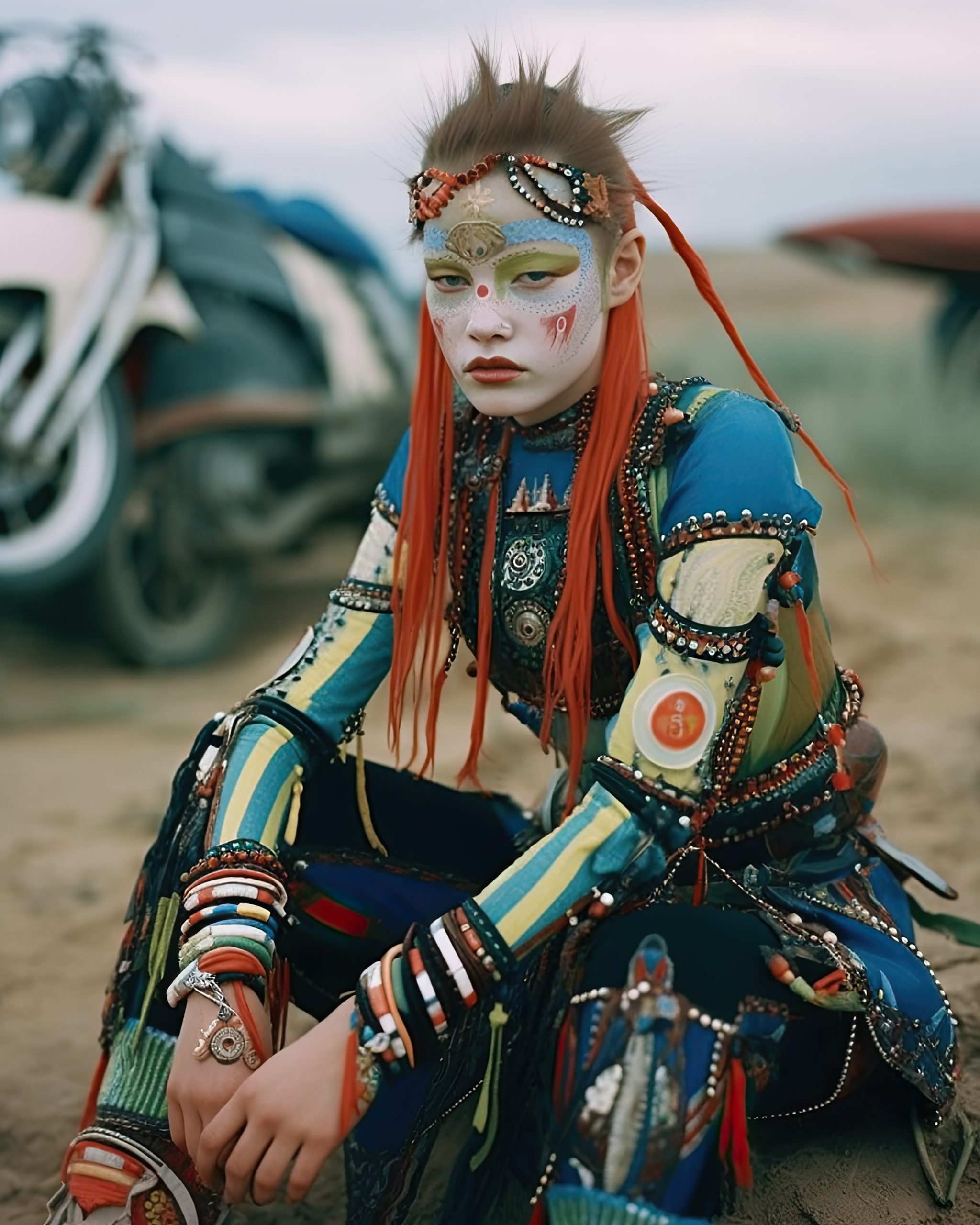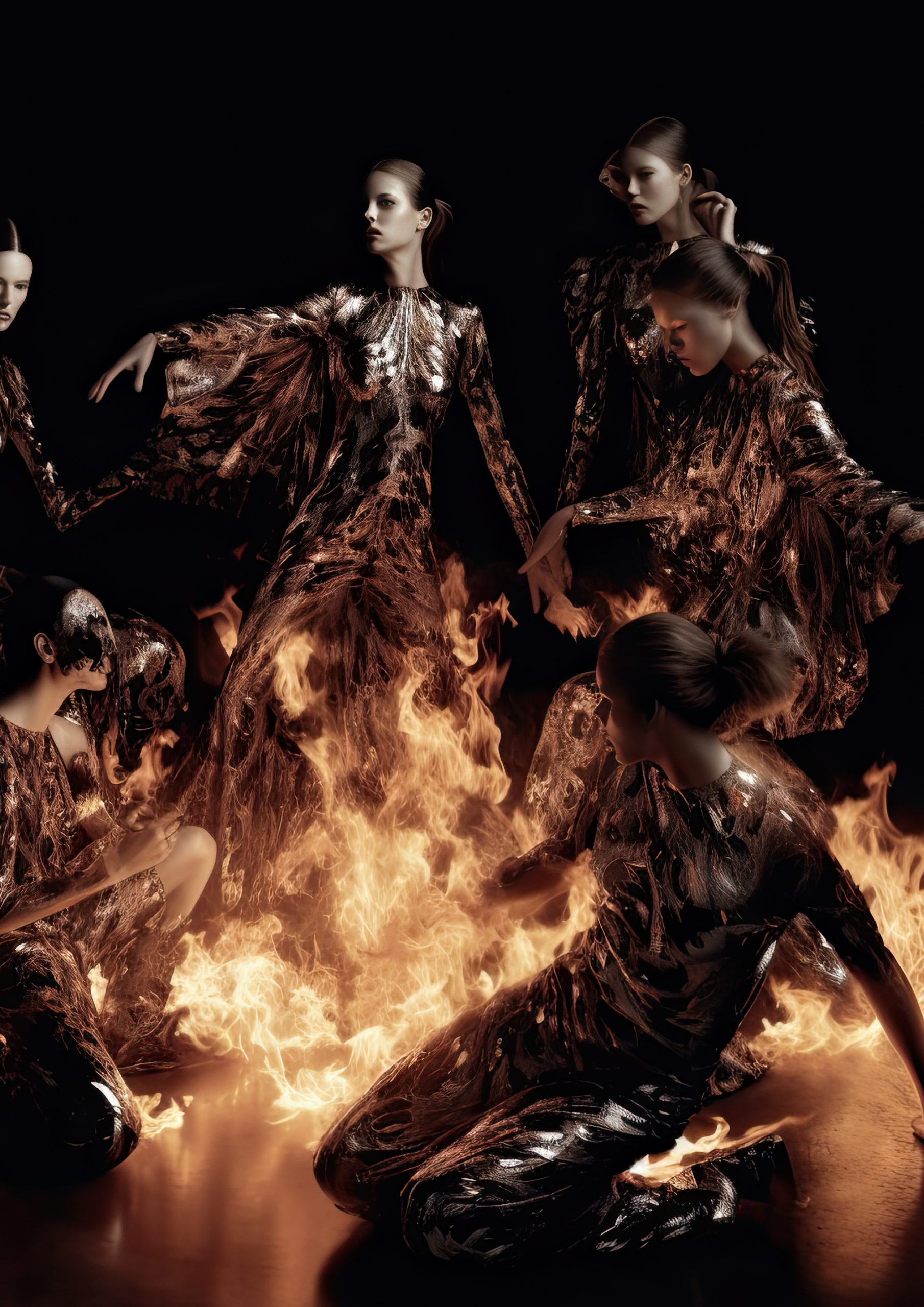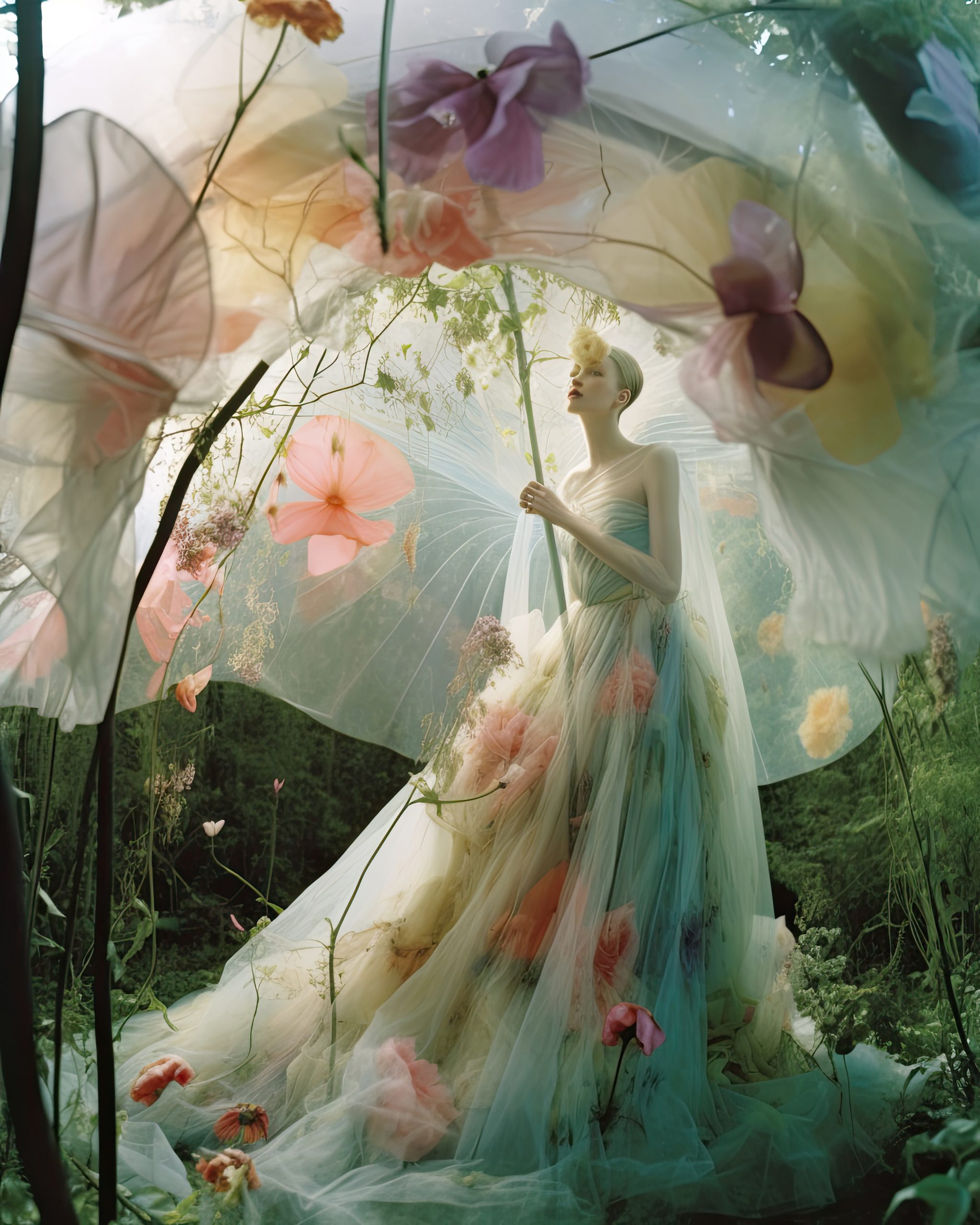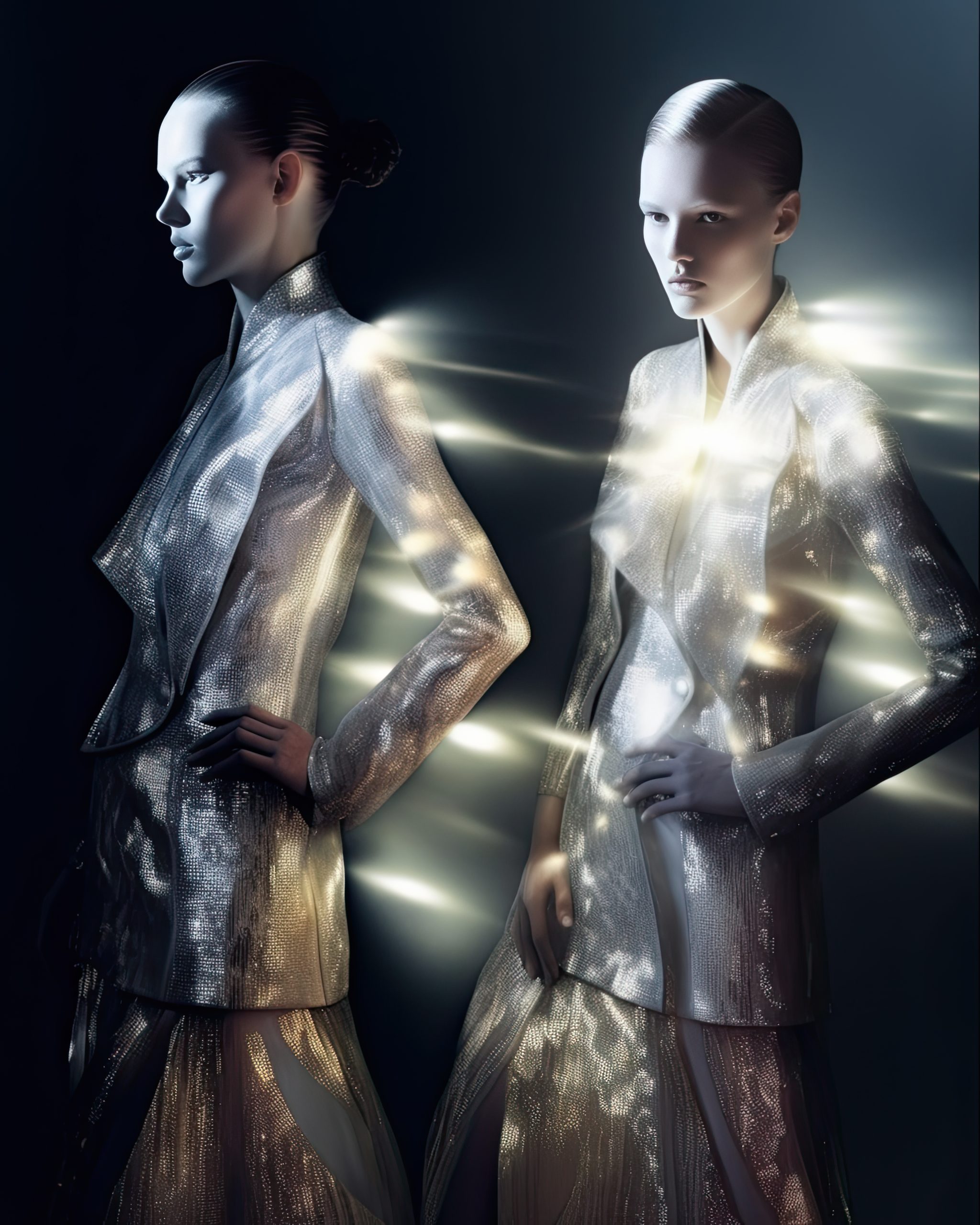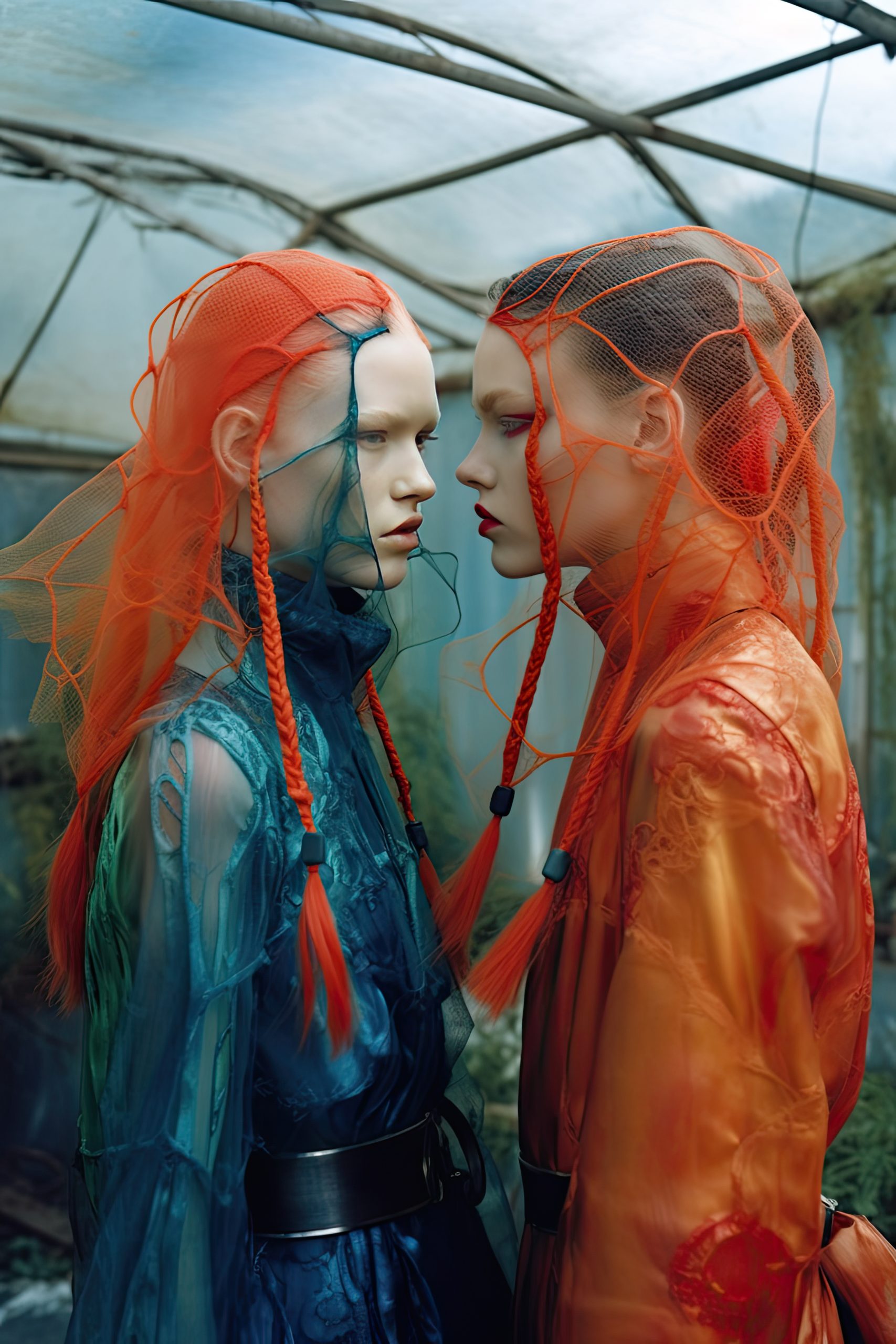
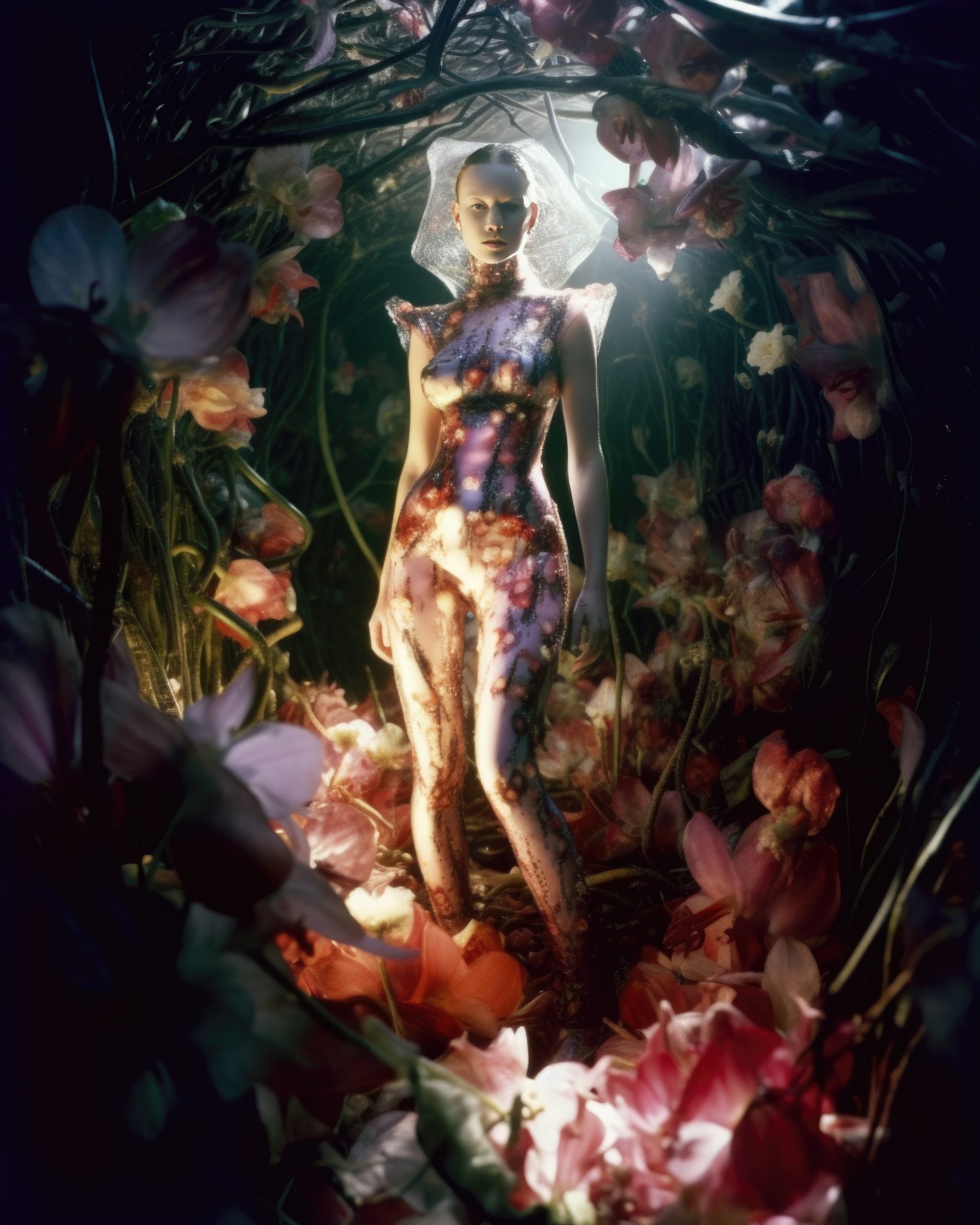
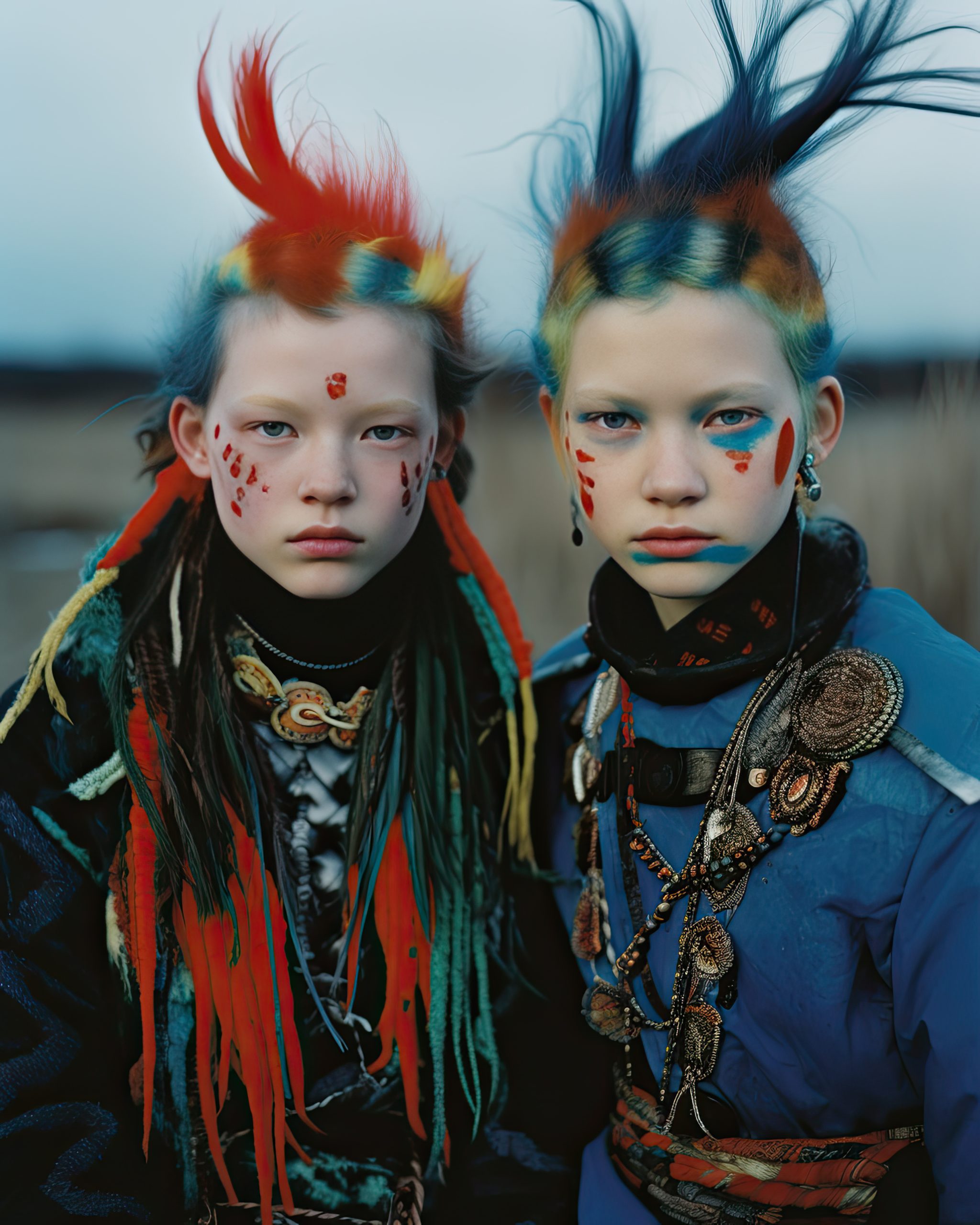
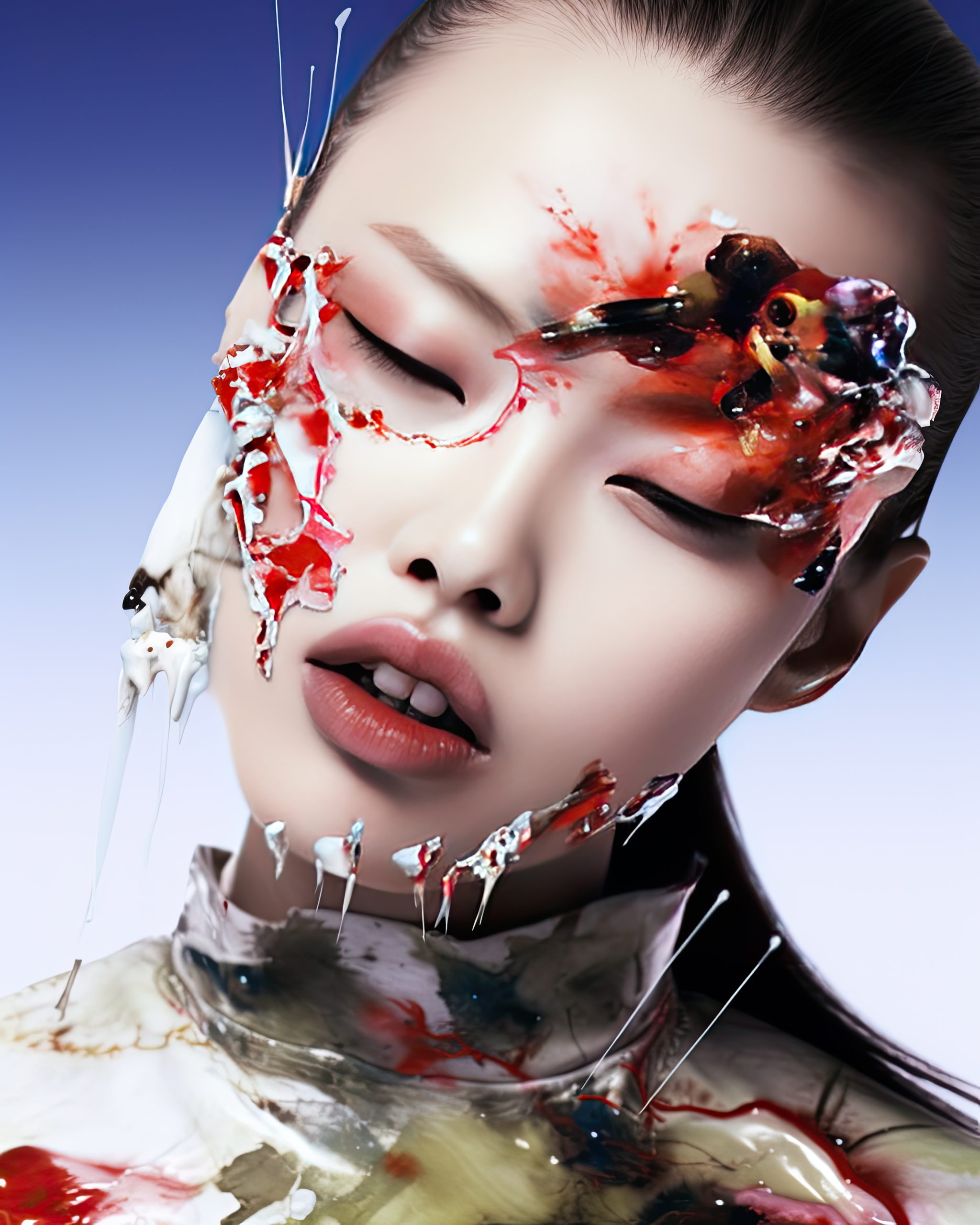
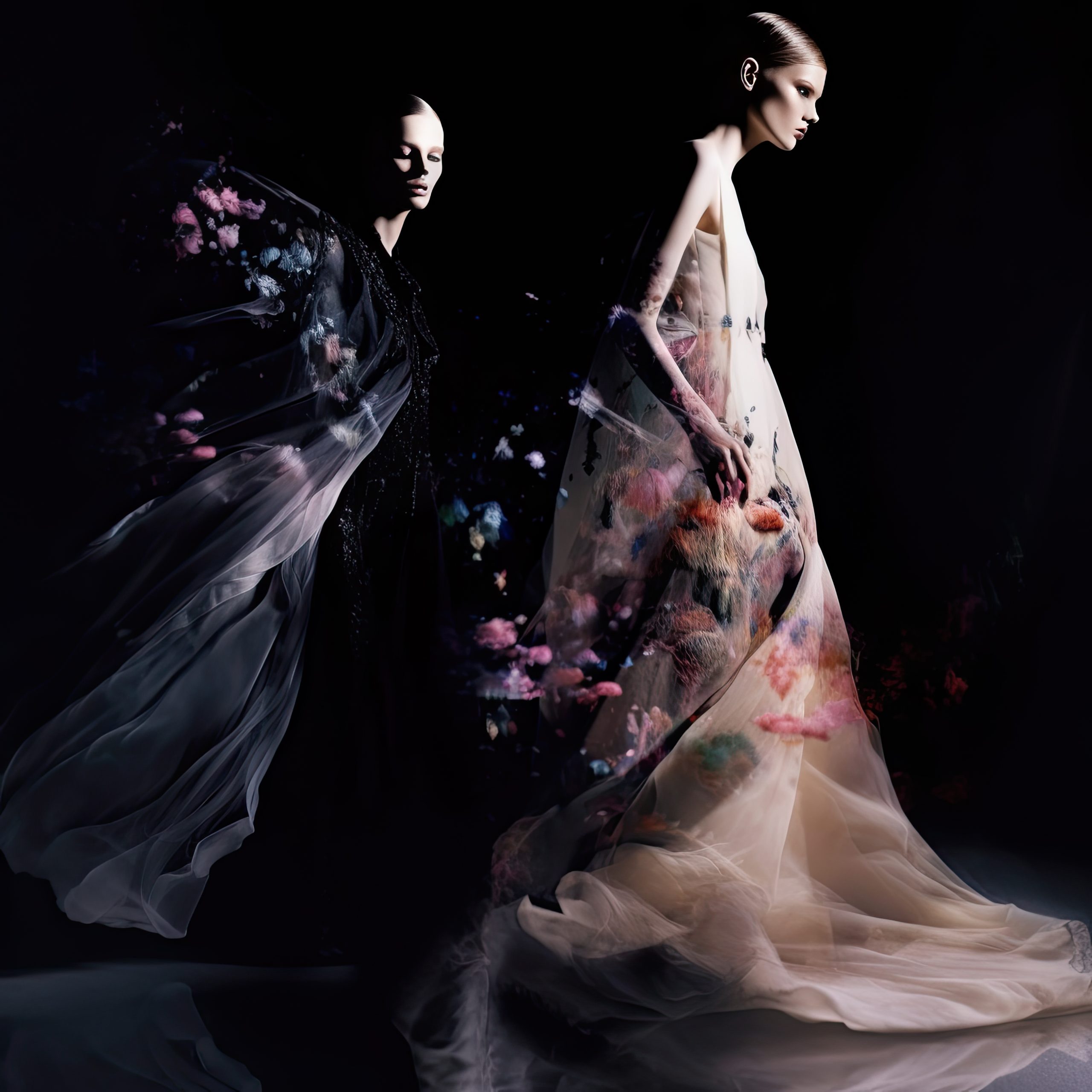
Artificial intelligence, it’s here and fuelling mixed feelings of doubt, excitement, animosity and ambition. Is this the end of the ‘artist?’ The closing act for creatives around the world? Andrew O’Toole thinks not.
Our Creative Director, Lauren King sits with the world’s most award-winning hair photographer, Andrew O’Toole to talk his findings and forecasts as we embark on the industry’s biggest shift in a decade.
LK: When did you first realise the potential as it relates to your craft of photography – and in particular hair photography?
AO’T: I first started paying attention when artist Jason M. Allen won the Colorado State Fair’s contest for emerging digital artists. His entry, titled, Théâtre D’opéra Spatial, was one of the first AI pieces to win such a prize, and as such, had successfully triggered an emotional connection in the viewer. This was the first time AI really landed on my radar.
LK: The mind of Australia’s most award-winning hair photographer was officially engaged …
AO’T: From here I started to really pay attention, yes, researching different applications and possibilities within the space. Midjourney continued to pop up as a great mid-to-upper-level platform that was accessible, with existing coding experience not required. This was mid-2022, and despite so much growth in the space, it is still not incredibly user friendly. This said, throughout my masterclass (at the beginning of 2023), I guided attendees through the basic steps to join and create on Midjourney, and by the end of the day, over half the class had signed up and navigated their way through.
LK: So, hairdressers and salon owners had joined Midjourney and started delving into their very own AI creations … how does this make you feel as a photographer? Is there a sense of threat here?
AO’T: No, I don’t feel threatened, not in any way. It’s exciting. It’s a new medium with new potential and looking back, is no different to the introduction of digital photography/photoshop in a time when we were shooting film and processing a print for 2-hours in the darkroom. I remember thinking at the time, ‘this is going to change things,’ but despite common consensus, photoshop was not the death of the industry, it simply sped up our processes, and the same can be assumed of AI.
For example, to incorporate a digital landscape now, we need to visit a stock library, purchase a scene, and painstakingly insert for a realistic finish. Soon, with AI, brands will be able to take a product image and insert it under water or up in the clouds, seamlessly, in under 2 minutes and for a ¼ of the cost. Soon, photoshop will feel primitive.
LK: So, if we can (soon) seamlessly integrate a shampoo in the sea, what’s stopping brands taking it one step further and creating their own model images showcasing flawless hair across the world’s most luxurious locations … for minimal investment, and without a need for people like you and I?
AO’T: The question is going to be, how do fashion and beauty brands incorporate AI without alienating the market? If brands start promoting AI images of people, particularly in a culture with DEI at its core, there could be a real backlash. It’s interesting that in an Instagram world, society has gravitated towards the impact of authenticity, yet brands are now really leaning into AI, when there is nothing authentic about it … ‘real people that aren’t real people,’ something feels immoral about this. As a viewer, you experience a connection with this ‘thing’, and it almost feels like trickery. But of course, with the prospect of saving millions of dollars on usage fees, day rates, retouching, travel and production, brands will proceed, see what they can get away with, likely get it wrong and get called out.
“This will indeed mark the biggest industry shift in a decade … and we’re only at phase 1 of phase 50, say. What now takes me 10-minutes on a computer will eventually take 30-seconds via voice automation on a smart phone.”
Andrew O'Toole
LK: You launched your own AI-only Instagram handle @digital.dreams.ai earlier this year. What were your objectives here, is there an economical interest, or purely for the art?
AO’T: Interestingly, I have had a lot of queries into my AI work since launching the profile, but mostly questions from intrigued brands and hairdressers unrelated to future work.
To be honest, I noticed a lot of photographers starting to upload AI work that was 10 times better than anything they’d ever shot before, and it didn’t sit well with me.
LK: Andrew O’Toole, always responding with max integrity.
AO’T: I just couldn’t do that. Running AI work alongside photographic work is almost a little bit deceptive, and I didn’t want to be that guy.
LK: What else has AI made you realise about yourself as an artist?
AO’T: That my relationship with art is equally, if not more about the creative process than the final output. I feel uncomfortable about calling AI ‘art.’ This is because you can create a final image in 10 minutes – there is minimal creative process. For me, the bulk of enjoyment comes from the collaboration; the act of creating and bringing things to life in a meaningful way. This versus sitting alone on your computer in what feels like a weird digital room with unfamiliar people. For this reason, I don’t feel connected to any of the AI works I’ve designed … I’d never print them, which is kind of bizarre.
LK: Any final words for aspiring photographers and creatives as we start navigating what can only be forecast as one of the biggest shifts our industry will ever see?
AO’T: This isn’t the end. There will always be a market for people shooting film, and shooting real, raw imagery. A lot of my assistants are nervous about the potential impact on their careers, and my advice to them is to – much like I did with photoshop and now, AI – invest all your spare time into what this is and what it can do. This will indeed mark the biggest industry shift in a decade … and we’re only at phase 1 of phase 50, say. What now takes me 10-minutes on a computer will eventually take 30-seconds via voice automation on a smart phone.
Strap in, the future is here.
